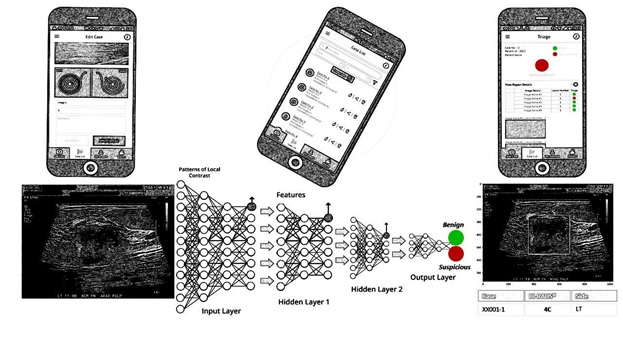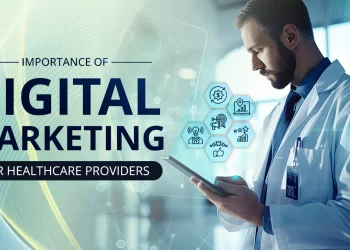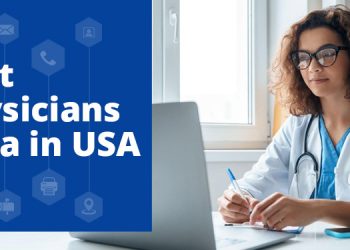Power and accuracy of Artificial intelligence (AI) presents a unique opportunity to transform all industries. But AI true potential could be harnessed in health care by making a life-changing impact on millions of lives. Across the health care value chain from bench-side to bed-side, from drug development to insurance, from standard hospital care to clinical research, AI applications have the potential to improve patient health care outcomes, revolutionize the workflow, and reduce the cost of care.
Across the Health care functions where AI could potentially create strategic infliction point are ‘General Wellness/Patient Monitoring with wearables & IoT’, ‘Early Disease Detection and Diagnostics using deep learning’, and ‘Precision Medicine Research’.
There is also an uphill task in terms of change management to include the AI into Health Care workflows as there are legal barriers, sense of skepticism on impact and fear of breach of privacy, and cloud of job insecurity. Deploying ‘AI at scale’ in Health Care will not only increase access and affordability of quality healthcare but also expedite the decision process. The AI enabled Health Care solution would not affect the number of jobs however it would change the nature of the jobs, as algorithms would enable health care workers to expedite evidence-driven, data-driven decisions at a faster pace. In the coming years, there would be an improvement in mortality by improving the disease diagnosis and treatment prioritization. Following are such use cases of healthcare AI implementations:
Prevent and Control Diseases that are Influenced by Weather:
There is a significant level of evidence that emergence and transmission of disease can be influenced by the weather. The specific mechanisms underlying these linkages vary widely from one disease to another, however, there is a correlation of disease incidence with the weather and various socio-demographic factors. AI based on Machine learning (AI/ML), which could analyze multiple datasets (3600 analytics framework) like weather related parameters, socio-demographic parameters, geo location parameters, treatment/medicine-utilization pattern or claims, and patient social interaction could predict potential number of incident cases by postal code at least 15 days in advance. This AI model opens a wide variety of value-added services such as predict potential number of cases, forecast demand utilization of prescription medicines, recommend over the counter medicines. xtLytics, LLC pre-built predictive deep learning AI algorithms and services are pioneer in enabling govt. organization, pharmacy, insurance and pharmaceutical companies in engaging patient and making a better decision. The potential impact of this AI/ML model are alerts is delivered through engaging three P’s of Health Care system (Patient-Physician -Pharmacy) in a mobile App. This model has shown promising results in predicting Vector-Borne Diseases (Dengue and Malaria), Airborne Disease (Influenza), Atopic Triad (Atopic Dermatitis-Allergic Rhinitis-Asthma/COPD), and certain types of precancerous skin conditions like actinic keratosis and skin cancers like Melanoma which is highly correlated with temperatures and ultraviolet radiation (UVR).
Early Disease Detection and Diagnostics from Medical Images:
Deep learning, Convolutional Neural Networks (ConvNet/CNN), presents a unique approach to automatically learn and process abstract features acquired from clinical data. It holds the potential to solve quite challenging health care problems such as lesion/nodule classification, organ segmentation, and object detection. ConvNet/CNN is an image classification technique for problems involving multi-level representation learning. The learning starts from raw data input and gradually moves to more abstract levels via nonlinear transformations. With proper training data, neural networks can discover intricate structures in the radiologic or histopathological data to augment diagnosis and triage process. The true benefit of Deep-learning (ConvNet/CNN) lies in focused Health care access solutions.
 Breast cancer triage is such a use case. It is a known fact about breast cancer is the leading cause of cancer deaths among women worldwide, and the numbers are disproportionately high for young women in low- and middle-income countries (LMICs) especially where the number of trained health care resources are scarce. A breast cancer triage AI model along with mobile app can enable health care workers in serving women in need throughout the world.
Breast cancer triage is such a use case. It is a known fact about breast cancer is the leading cause of cancer deaths among women worldwide, and the numbers are disproportionately high for young women in low- and middle-income countries (LMICs) especially where the number of trained health care resources are scarce. A breast cancer triage AI model along with mobile app can enable health care workers in serving women in need throughout the world.
Dr. Susan Love Research Foundation, National Institute of Health and xtLytics’ Prevent and Control Disease Lab joined forces to develop a deep-learning model which could perform triage on Ultrasound breast lesions. AI model was trained on ultrasound images with known BI-RADS® Score. The model learned the subtle patterns in breast lesions to classify it as benign and malignant tumors. The objective of this powerful solution (AI model and mobile app) is to provide the Minimally Trained Health Care Workers (MTHWs) with a triage precision tool for breast cancer.










